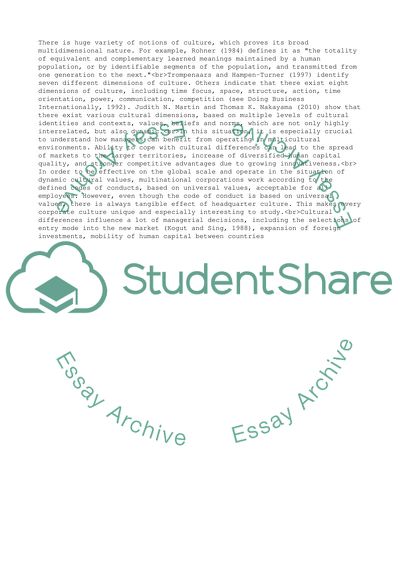Cite this document
(Cross Culture Management Essay Example | Topics and Well Written Essays - 1750 words, n.d.)
Cross Culture Management Essay Example | Topics and Well Written Essays - 1750 words. https://studentshare.org/management/1835990-cross-culture-management
Cross Culture Management Essay Example | Topics and Well Written Essays - 1750 words. https://studentshare.org/management/1835990-cross-culture-management
(Cross Culture Management Essay Example | Topics and Well Written Essays - 1750 Words)
Cross Culture Management Essay Example | Topics and Well Written Essays - 1750 Words. https://studentshare.org/management/1835990-cross-culture-management.
Cross Culture Management Essay Example | Topics and Well Written Essays - 1750 Words. https://studentshare.org/management/1835990-cross-culture-management.
“Cross Culture Management Essay Example | Topics and Well Written Essays - 1750 Words”. https://studentshare.org/management/1835990-cross-culture-management.


